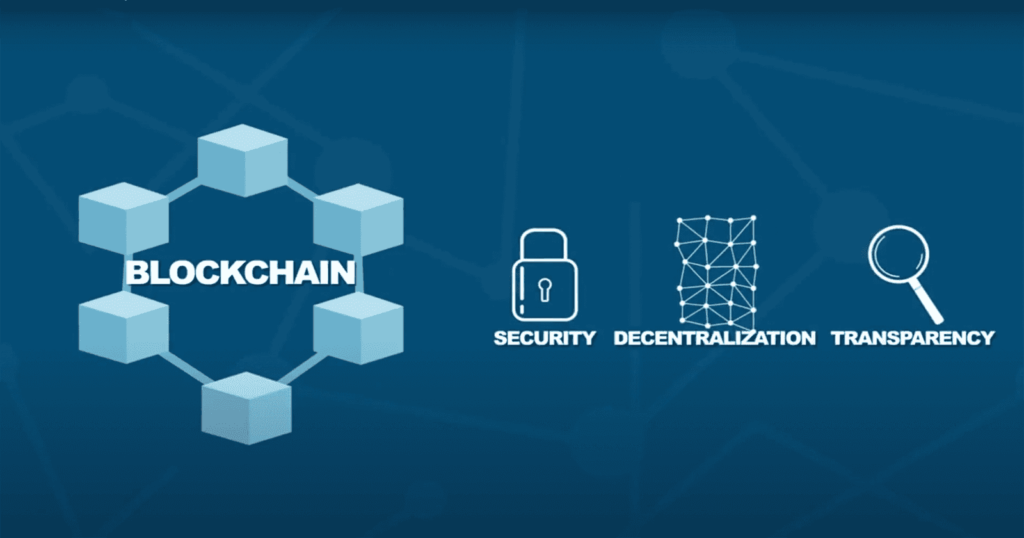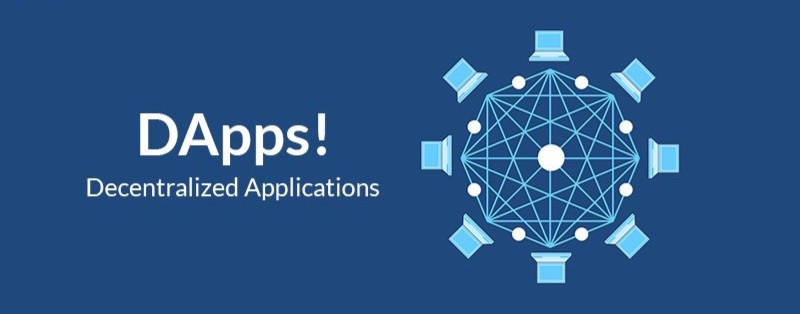In the ever-evolving landscape of the internet, the transition from Web 2 to Web 3 has brought forth a myriad of groundbreaking advancements. One area where this shift is particularly transformative is in the realm of auctioning. Web 3 not only transcends the limitations of its predecessor but completely redefines the concept of online auctions.
With a focus on decentralized platforms and blockchain technology, Web 3 revolutionizes the auctioning process by offering increased transparency, security, and efficiency. Gone are the days of relying solely on centralized intermediaries to facilitate auctions. Web 3 enables direct peer-to-peer interactions, cutting out the middleman and reducing transaction costs.
Table of Contents
- Introduction
- What is Web 3 and How It Differs from Web 2
- Evolution of the Internet
- Centralization vs. Decentralization
- Advantages of Web 3 in Auctioning
- Increased Transparency
- Reduced Transaction Costs
- Enhanced Security
- Examples of Web 3 Auctioning Platforms
- OpenSea
- Rarible
- Decentraland
- AuctionX
- How Web 3 Enables Decentralized Auctioning
- Role of Smart Contracts
- Peer-to-Peer Transactions
- Decentralized Identity Systems
- How to Get Started with Web 3 Auctioning
- Selecting a Platform
- Setting Up a Digital Wallet
- Acquiring Cryptocurrency
- Future Prospects of Web 3 in Auctioning
- Integration of NFTs
- The Metaverse and Immersive Experiences
- Inclusivity and Accessibility in Auctioning
- Conclusion
What is Web 3 and how it differs from Web 2

The evolution of the internet has been a remarkable journey, with each phase bringing forth new advancements and capabilities. Web 3, the next iteration of the internet, is a significant departure from the previous Web 2 era. While Web 2 was characterized by centralized platforms, user-generated content, and the dominance of tech giants, Web 3 is poised to disrupt this model by embracing decentralization, transparency, and user empowerment.
At the core of Web 3 is the integration of blockchain technology, which serves as the foundation for a more decentralized and secure internet. Unlike the centralized architecture of Web 2, where data and transactions are controlled by a few powerful entities, Web 3 aims to distribute power and control across a network of participants.
Moreover, Web 3 introduces the concept of “trustless” interactions, where users can engage in transactions and exchanges without the need for intermediaries or third-party verification. This is made possible through smart contracts, self-executing agreements that automatically enforce the terms of a contract without the intervention of a central authority.
Advantages of Web 3 in auctioning

The transition from Web 2 to Web 3 has profound implications for the auctioning industry, offering many advantages that transcend the limitations of traditional online auctions.
One of the most significant benefits of Web 3 auctioning is the increased transparency it provides. In the Web 2 era, auctioning platforms often operated as centralized entities, with limited visibility into the inner workings of the auction process. Web 3, on the other hand, leverages blockchain technology to create a transparent and immutable record of all transactions.
Furthermore, Web 3 auctioning platforms are designed to eliminate the need for intermediaries, reducing the associated fees and commissions that have traditionally burdened online auctions. By enabling direct peer-to-peer interactions, Web 3 auctions empower buyers and sellers to engage in transactions without the involvement of a centralized authority. This not only lowers the overall cost of auctioning but also fosters a more equitable and accessible marketplace.
Another key advantage of Web 3 auctioning is the enhanced security it provides. Blockchain technology, which underpins Web 3, is renowned for its robust security features, including cryptographic encryption and distributed consensus mechanisms. This means that the auction data and transactions are virtually impervious to tampering or fraud, offering a heightened level of protection for both buyers and sellers.
Examples of Web 3 auctioning platforms

As the adoption of Web 3 technologies continues to grow, a diverse array of auctioning platforms have emerged, each offering unique features and capabilities. One prominent example is OpenSea, a leading decentralized marketplace for non-fungible tokens (NFTs), which has become a hub for Web 3 auctioning. OpenSea leverages the Ethereum blockchain to facilitate the buying, selling, and auctioning of digital assets, such as artwork, collectibles, and virtual real estate.
Another innovative Web 3 auctioning platform is Rarible, which specializes in the trading and auctioning of NFTs. Rarible’s decentralized infrastructure allows creators to mint and list their digital assets for auction, while buyers can place bids and participate in the auction process directly on the platform.
Decentraland, a virtual world built on the Ethereum blockchain, also offers a unique auctioning experience. Within Decentraland, users can purchase and auction off virtual land parcels, known as LAND tokens. These LAND tokens represent ownership of a specific location within the Decentraland metaverse, and their auctioning process is facilitated through the platform’s decentralized infrastructure, providing a truly immersive and decentralized auctioning experience.

In addition to platforms like OpenSea and Rarible, AuctionX is an emerging Web 3 auctioning platform that offers a decentralized and transparent auction process for a wide range of digital assets. Much like its counterparts, AuctionX utilizes smart contracts to automate the auctioning process, ensuring that all terms are enforced without intermediaries. Its flexible interface allows participants to auction digital collectibles, art, NFTs, and other tokenized assets, fostering a direct connection between buyers and sellers while reducing transaction costs.
How Web 3 enables decentralized auctioning

The core of Web 3’s auctioning capabilities lies in its decentralized infrastructure, which is underpinned by blockchain technology. This decentralized approach to auctioning fundamentally transforms the way auctions are conducted, offering a more equitable, transparent, and secure alternative to the centralized models of Web 2. At the heart of Web 3 auctioning is the use of smart contracts, which are self-executing agreements that automatically enforce the terms of a contract without the need for a central authority. These smart contracts are deployed on the blockchain, ensuring that the auction process is transparent and tamper-proof.
By eliminating the need for intermediaries, Web 3 auctioning platforms empower buyers and sellers to engage in direct peer-to-peer transactions. This disintermediation not only reduces the associated fees and commissions but also fosters a more equitable marketplace, where participants have greater control over the auctioning process. The absence of centralized authorities also means that the auction data and transactions are not subject to the influence or manipulation of a single entity, further enhancing the overall integrity of the auctioning process.
Another key aspect of Web 3 auctioning is the use of decentralized identity (DID) systems, which allow participants to maintain control over their personal data and digital identities. This decentralized approach to identity management ensures that auction participants can engage in transactions without compromising their privacy or exposing sensitive information to centralized platforms. The DID system, combined with the transparency and security of the blockchain, creates a more user-centric auctioning experience that empowers individuals and reduces the risk of fraud or data breaches.
How to get started with Web 3 auctioning
If you’re looking to participate in decentralized auctions, AuctionX is an excellent starting point. Follow these steps:
- Selecting a Platform: Consider AuctionX if you’re looking for a platform that supports a wide range of digital assets and prioritizes transparency and decentralization.
- Setting Up a Digital Wallet: Make sure your wallet supports the blockchain AuctionX is built on. Wallets like MetaMask, Trust Wallet, and Coinbase Wallet are compatible with the platforms that AuctionX operates on.
- Acquiring Cryptocurrency: To participate in AuctionX’s auctions, you’ll likely need to acquire the platform’s supported cryptocurrency. AuctionX commonly uses Ethereum or other blockchain tokens, depending on the auction’s requirements.
With your digital wallet and cryptocurrency in place, you can then start exploring the auctioning opportunities available on your chosen platform. Whether you’re interested in bidding on digital art, virtual real estate, or other unique digital assets, the decentralized nature of Web 3 auctioning ensures a transparent and secure experience.
Future prospects of Web 3 in auctioning
As the adoption of Web 3 technologies continues to grow, the future prospects for auctioning in this new era of the internet are both exciting and transformative. The decentralized and transparent nature of Web 3 auctioning platforms is poised to disrupt the traditional auctioning industry, offering a more equitable, secure, and efficient alternative to the centralized models of the past. One of the most promising aspects of Web 3 auctioning is the integration of non-fungible tokens (NFTs). NFTs, which are unique digital assets stored on the blockchain, have already gained significant traction in the art and collectibles markets. As the use of NFTs expands, they are expected to play an increasingly crucial role in the auctioning of a wide range of digital assets, from virtual real estate and in-game items to digital art and collectibles.
The integration of the metaverse, a shared virtual space built on Web 3 technologies, also holds immense potential for the future of auctioning. Within the metaverse, users can engage in immersive auctioning experiences, where they can bid on and acquire virtual properties, assets, and experiences. This convergence of the physical and digital worlds will redefine the way we perceive and participate in auctioning, creating new opportunities for creators, collectors, and investors alike. Furthermore, the decentralized nature of Web 3 auctioning platforms is expected to foster greater inclusivity and accessibility. By eliminating the barriers imposed by traditional auctioning models, Web 3 will open new avenues for individuals and small businesses to participate in the auctioning process, leveling the playing field and creating a more diverse and vibrant auctioning ecosystem.
Conclusion
The transition from Web 2 to Web 3 has ushered in a new era of auctioning, one that transcends the limitations of its predecessor and redefines the very concept of online auctions. By embracing decentralization, transparency, and user empowerment, Web 3 auctioning platforms are poised to revolutionize the way we engage in the buying, selling, and trading of digital assets. The integration of blockchain technology, smart contracts, and decentralized identity systems has not only enhanced the security and integrity of the auctioning process but has also democratized the marketplace, empowering individuals and small businesses to participate on a level playing field. The elimination of intermediaries and the reduction of associated fees have made auctioning more accessible and cost-effective, further driving the adoption of Web 3 auctioning solutions. As the metaverse and the use of non-fungible tokens continue to evolve, the future of Web 3 auctioning holds immense promise. The convergence of the physical and digital worlds, coupled with the integration of advanced technologies like AI and machine learning, will redefine the auctioning experience, creating new opportunities for creators, collectors, and investors alike.

